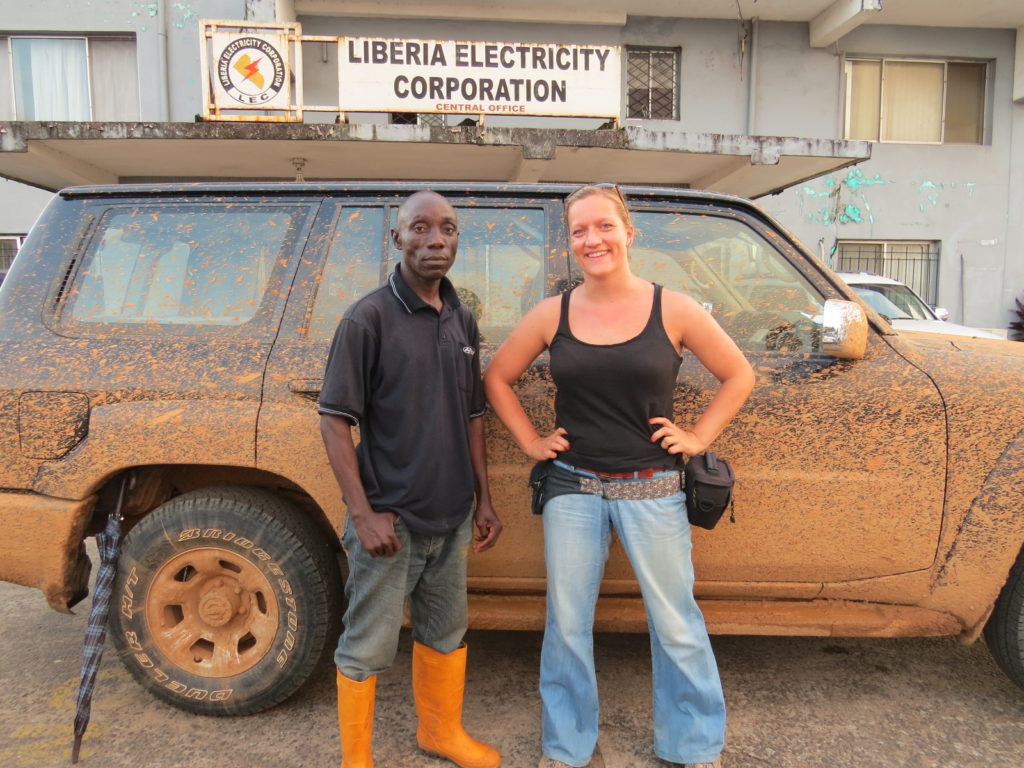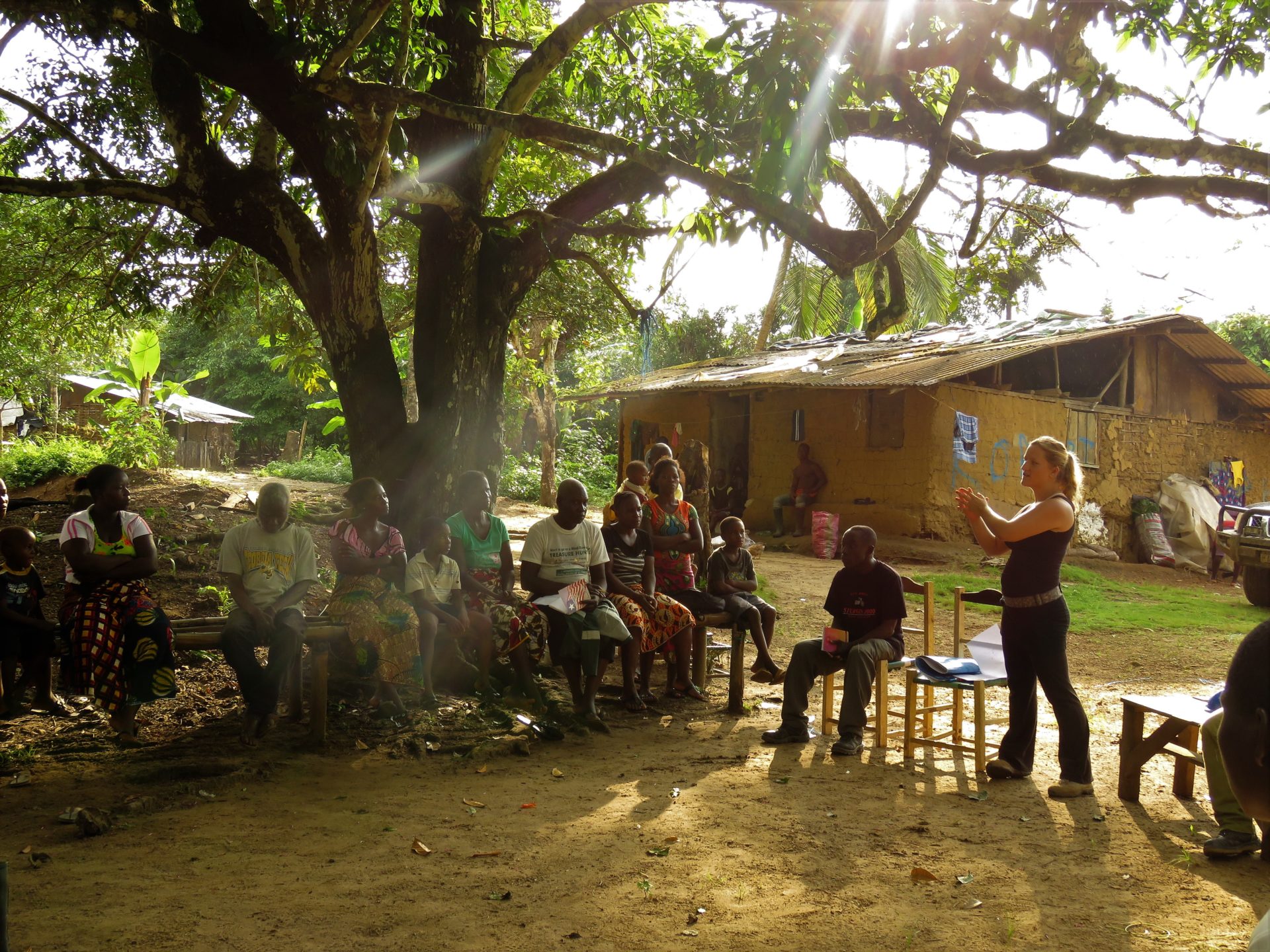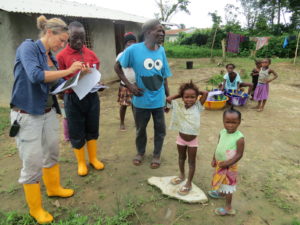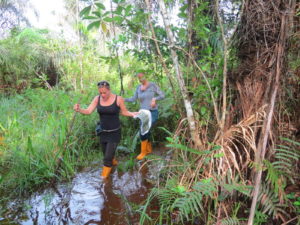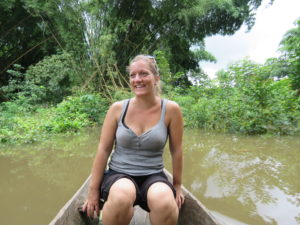
ABOUT THE PROJECT
Liberia – PAP identification and compensation
‘A community that is engaged and working together can be a powerful force.’
My initial role in Liberia was to plan the transmission lines from the Mt. Coffee Hydro Power Plant to Monrovia. This involved extensive collaboration with authorities and local communities to address legal, logistical, and social challenges. Additionally, I identified and compensated affected landowners and trained the local team in key skills.
Key Highlights:
- Planning and Compliance: Collaborated with authorities to ensure transmission lines complied with new laws, regulations, and infrastructure plans.
- Land Ownership Identification and Compensation: Established records of land ownership and negotiated compensation for affected landowners.
- Local Team Training: Developed local team’s skills in map reading, navigation, communication, monitoring, and reporting.
When I first started working in Liberia, my primary task was to assist with planning the transmission lines from the Mt. Coffee Hydro Power Plant to two substations in Monrovia. Although the original lines existed before, the new lines required compliance with updated laws and regulations, government plans for road extensions, and other urban and rural developments. Additionally, we had to consider existing infrastructure such as water pipelines and current or planned technologies like satellites and antennas. This necessitated close collaboration with authorities and local communities, as much of the necessary information was not readily available or had been lost during the war.
Once the planners established the corridor, my focus shifted to identifying the landowners affected by the lines, either through tower construction on their land or tree removal within the corridor. This was particularly challenging due to the lack of a reliable official land registry. The war had displaced many people, resulting in lost land deeds and disputed ownership. Our team had to walk each route of the transmission line, engaging with residents and communities to identify property lines and establish records of land ownership.
We meticulously counted all the trees within the corridors slated for removal and prepared a compensation report for each landowner, detailing the compensation they would receive for both tower placement and tree removal. Each identified owner was then met again to explain and sign the agreements before payments were made.
In addition to my technical responsibilities, I trained our local team to read maps and navigate in the field. Together with my German colleague, we also focused on capacity building for the team, enhancing their communication, monitoring, and reporting skills.
This comprehensive approach ensured the successful planning and implementation of the transmission lines while addressing the social and logistical challenges faced by the affected communities.
